By Jeremy Ward, Curator and Robin Binèsi Cavanagh, Director of Indigenous Peoples Collaborative Relations
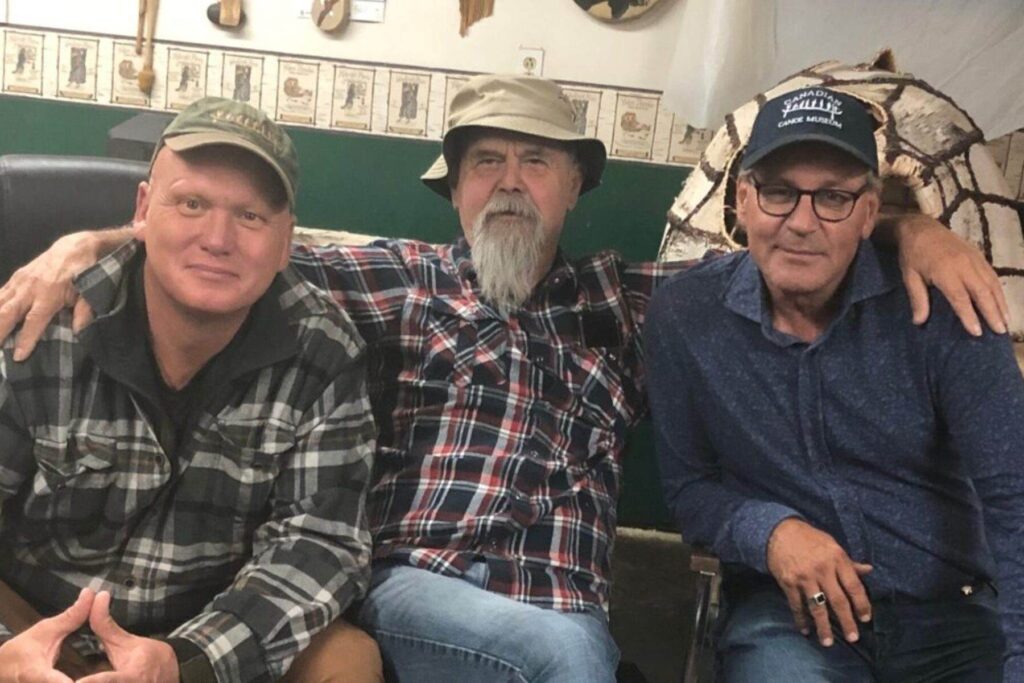
Our Curator, Jeremy Ward, and our Director of Indigenous Peoples’ Collaborative Relations, Robin Binèsi Cavanagh, have embarked on a cross-country tour to Indigenous and non-Indigenous communities – to build and foster relationships and to learn. While this work is foundational for the future of the organization, it will also inform the development of the exhibitions in the new museum. They began this summer, and many of the canoes and kayaks in the collection are leading them on this journey.
The museum has made learning from and with Indigenous Peoples one of its four strategic priorities. We strive to authentically present Indigenous voices, perspectives and languages in exhibits, programming, throughout the museum and through our national collaborative relations. In part, this will ensure that Indigenous Peoples, the Métis and Inuit are respectfully engaged throughout the concept, schematic design and production phases of the museum’s new exhibit development and well into the future.
Robin and Jeremy are pleased to share with you some photographs and notes from their travels – and to extend their thanks to all those who shared with them.
This two-day visit saw Robin and Jeremy make two important stops in Kitigan Zibi Anishinabeg First Nation in Quebec. Located near Maniwaki, Kitigan Zibi was a centre of birchbark canoe building revival around the 1970s. This may be among the reasons for the abundance of regional Algonquin canoes in the museum’s collection. There are eight such canoes by famous builders including William and Mary Commanda, Peter Carle, Jocko Carle and Basil Smith. Not surprisingly, many of these can been seen in the museum’s Origins Exhibit today, acknowledging western Quebec’s Algonquin canoe culture.
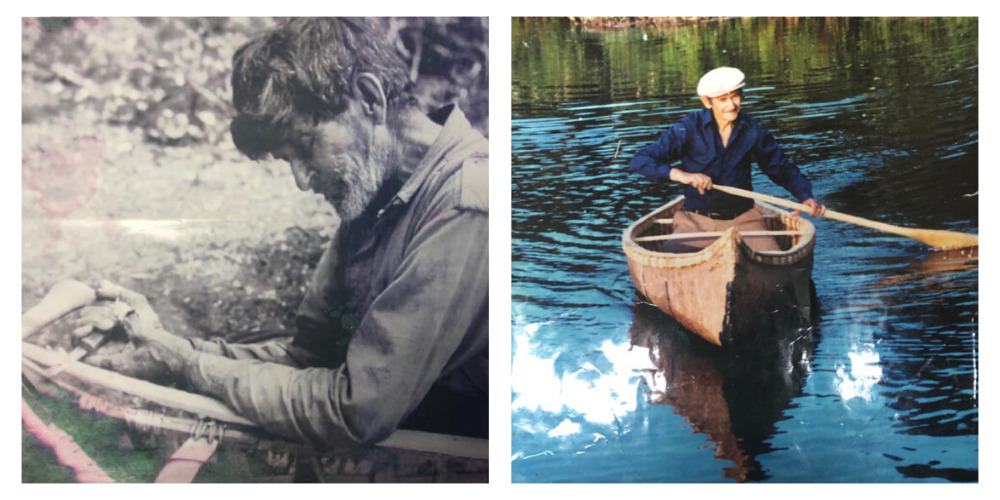
While many of the Elders building canoes in the 1970s have since passed, Pinock Smith is a prolific artisan, educator and canoe maker. He was featured in an episode of Ray Mears’ TV series (BBC) that also featured the Canadian Canoe Museum and its Montreal canoe as part of the series filmed on the French River. Jeremy and Robin had the pleasure of spending time with Pinock in his workshop, which is full of ongoing and past projects, including a large water drum, frames for hand drums, and cradleboards. There is also a large elevated bed for canoe making, several toboggans and canoe models.
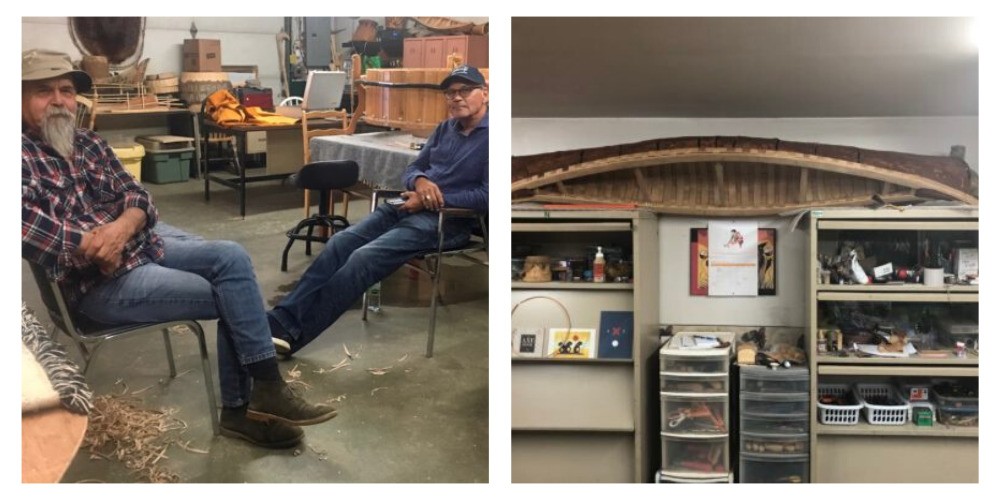
Pinock shared, as do some of the humblest Elders, that he is not an expert or master – that it takes a community to build a canoe. His learning began as a baby observing from a cradle board, and playfully engaging in the building process throughout his youth. When the time was right, he found himself building a canoe. This community process is a cycle of listening, learning, doing, and sharing, and it became more evident on the second day as Pinock began to share more stories and introduce us to some of his relations. On day two, Robin and Jeremy toured the Kitigan Zibi First Nation Reserve with Pinock. This included a visit to the Cultural Centre (designed by Douglas Cardinal) and introductions to both Sylvia Morin, Centre Coordinator, and Joan Commanda Tenasco, Language Keeper and Translator.
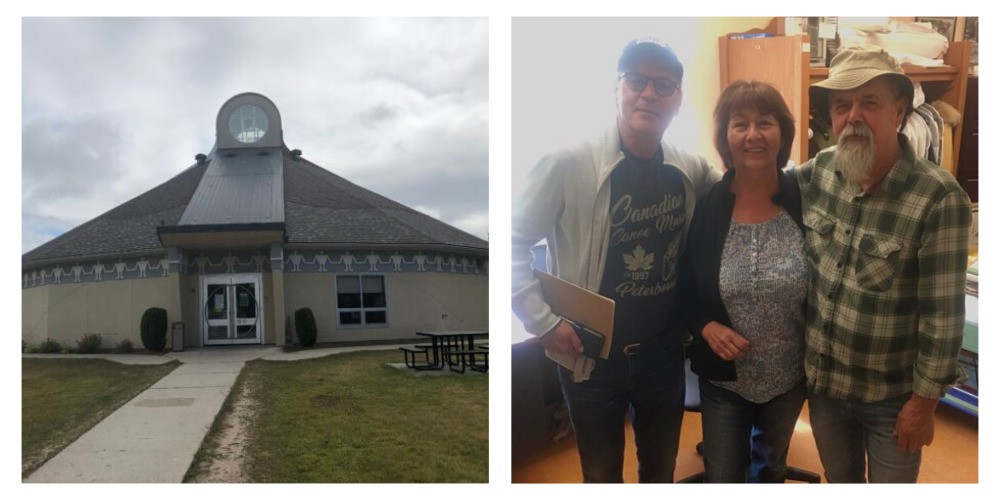
While sitting with Joan, she mentioned an intriguing family story of a very large canoe made many decades ago by her family members and that ended up in the hands of royalty in England. Joan raised the opportunity for the museum to help learn of its fate which will certainly be a rewarding challenge! Nearing the end of our visit, we shared with Pinock our goal of gaining a deeper and broader understanding of the canoe and its history in Kitigan Zibi, and our collaborative research process. Given the long, and not always healthy, history of research in Indigenous communities and the increased interest since the release of the Truth and Reconciliation Commission of Canada’s report, Indigenous communities have been at times guarded and protective of their knowledge and knowledge holders.
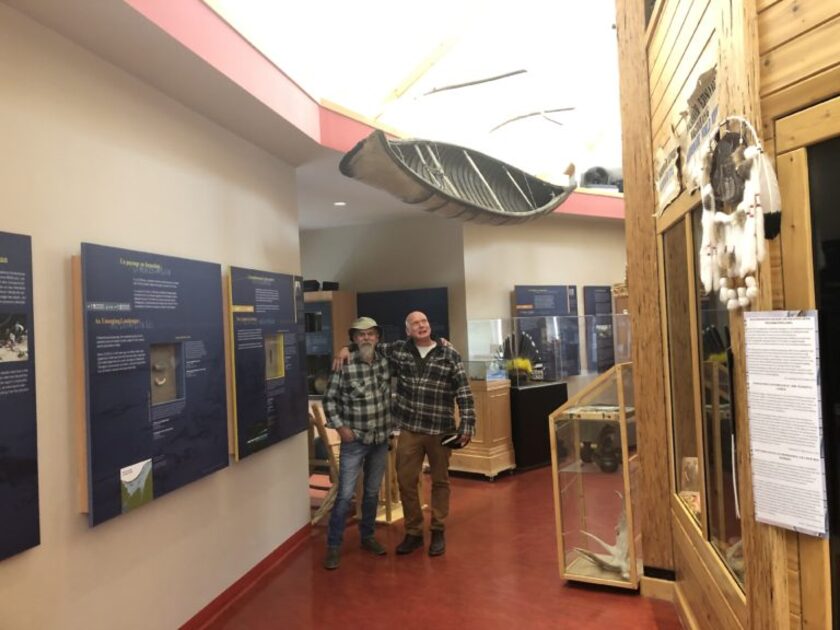
However, we received confirmation again that we are on the right path with our new process when after sharing our story Pinock extended an invitation for us to return again when we had more time, and he would make a few calls to gather those that may know for tea. We left feeling grateful for these offers and anticipate there to be a lot of tea drinking in our future!
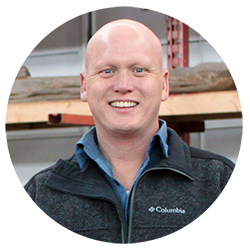
Jeremy Ward
Curator
Jeremy’s involvement with the museum began as a volunteer. He joined the staff in 1997. Previously, he coordinated a field school for Trent University in the Nunavut community of Pangnirtung, and undertook cabinetmaking, birch bark canoe building and archaeological work in Greece. A graduate of Trent University’s Canadian Studies and Indigenous Studies programs, Jeremy’s work has included curating or producing more than ten major exhibitions, many of which are still on display or travelling. He has also researched, and been featured in, documentaries aired on the Discovery Channel and the BBC, including most recently The Nature of Things. A notable project was the research and construction of a 36-foot birch bark canoe. Working before the public at the museum along with a team of volunteers, Jeremy built an authentic, functional example of the canot du maître, the workhorse vehicle of the 18th and early 19th century fur trade in Canada. Jeremy has also acted as the Director of the Museum Small Craft Association on a volunteer basis.

Robin Binèsi Cavanagh
Director of Indigenous Peoples’ Collaborative Relations
Robin believes that true leadership is to be an excellent helper. Since 1986, he has been a helper to Anishinaabe Elder Herb Nabigon (now deceased), acquiring cultural knowledge/protocols in an effort to ensure that cultural teachings, ceremonies and philosophy continue for generations to come. Through this lens, Robin has focused his education, employment and community activity. Robin holds a Master of Environmental Studies from York University (Development of an Aboriginal Organizational Theory) and a Bachelor of Arts in Native Studies from Trent University.
For 20 years, Robin has been working to promote and support Indigenous perspectives as a researcher, policy analyst and writer, and as a curriculum developer and educator at the graduate level. His work spans Indigenous communities, organizations and post-secondary institutions, including the Ontario Institute for Studies in Education, University of Toronto, where he taught a leading course on the Truth and Reconciliation Commission for teacher candidates. His most recent roles include Senior Policy Advisor with the Chiefs of Ontario, and Associate Director, Indigenous Education Coalition.






